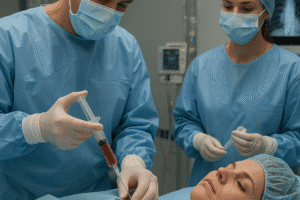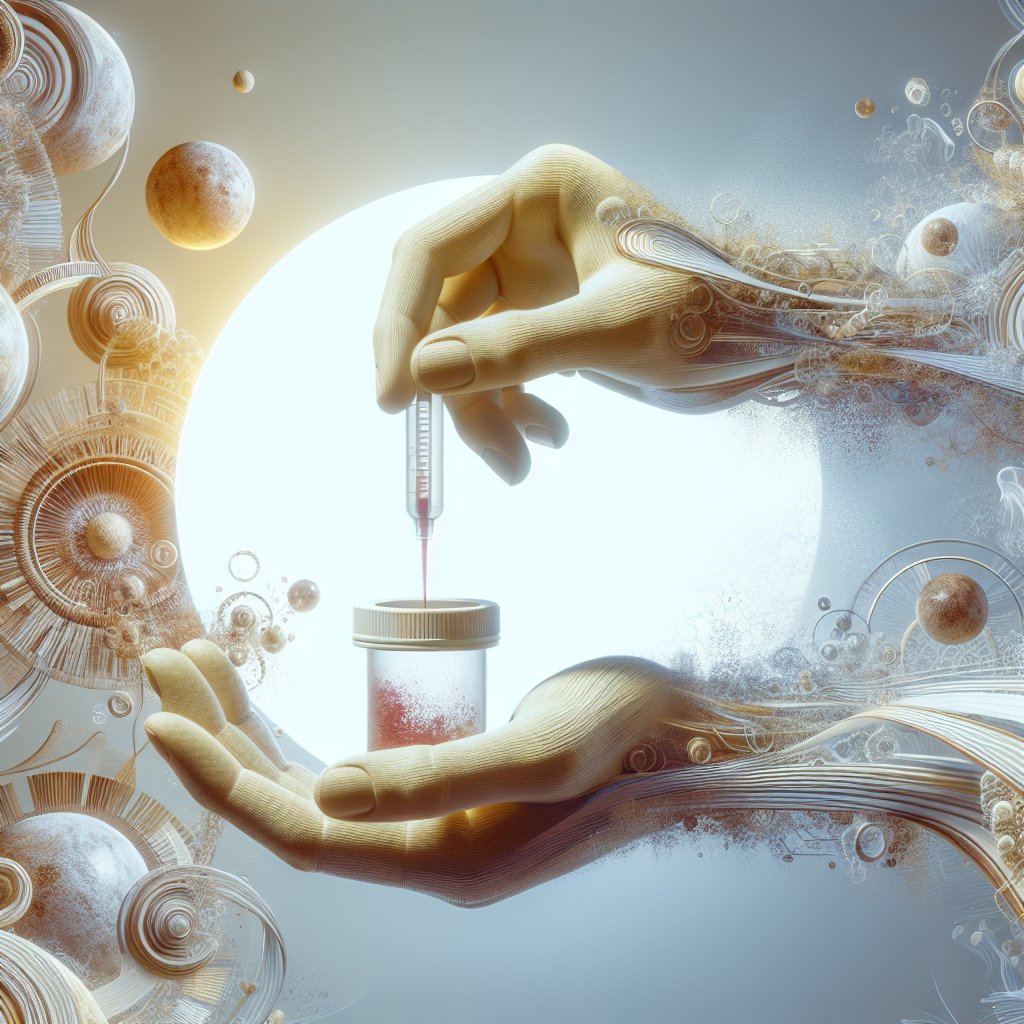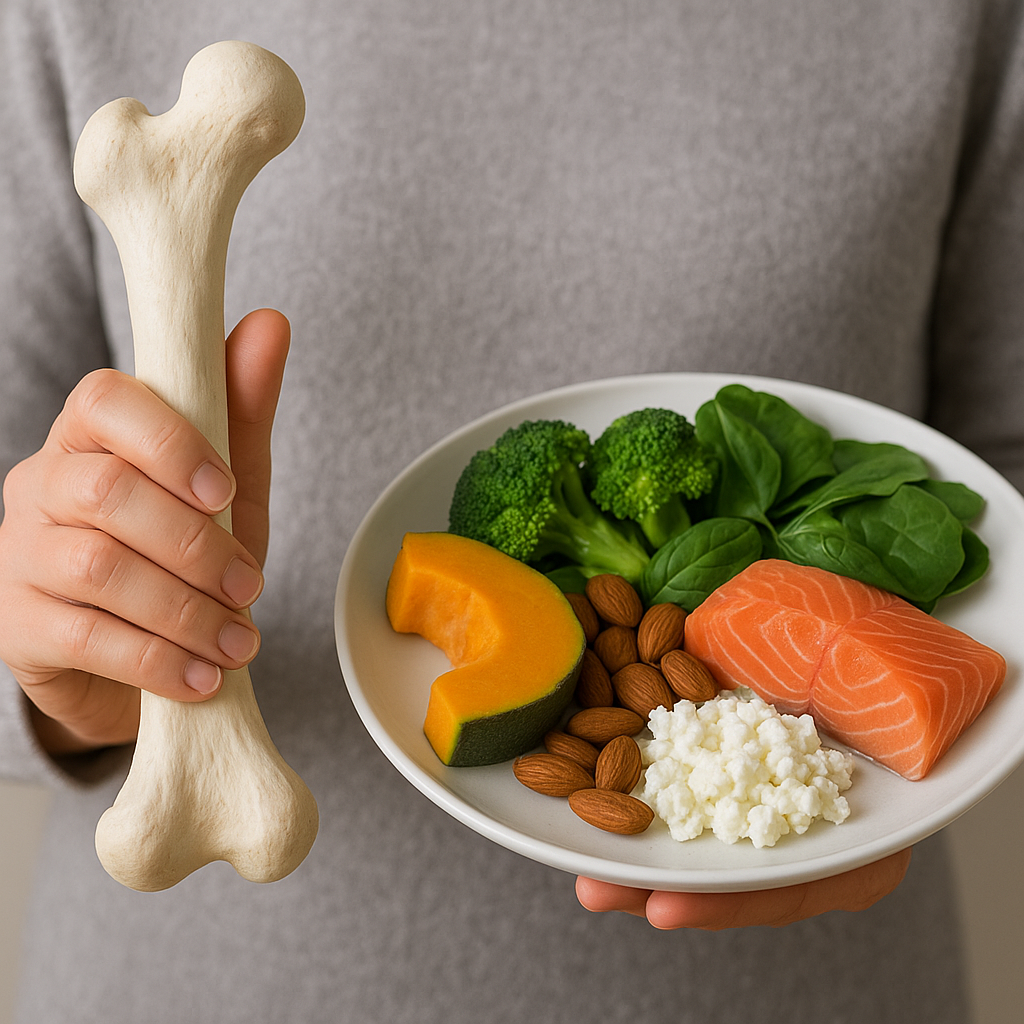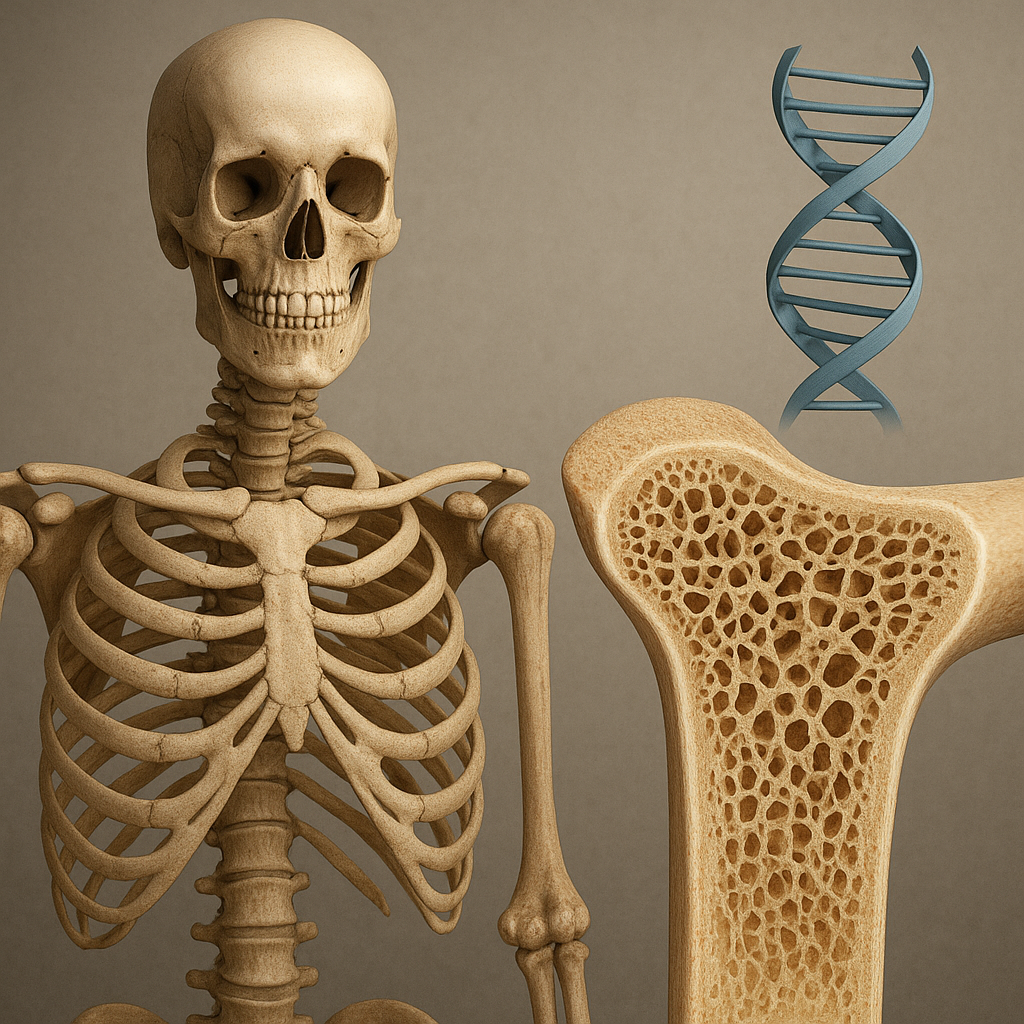Bone marrow donations play a crucial role in modern medicine, offering hope and healing to countless individuals suffering from life-threatening diseases. The process of donating bone marrow is not only a selfless act but also a vital component in the treatment of various conditions, including leukemia, lymphoma, and other blood disorders. This article delves into the significance of bone marrow donations, exploring their impact on patients, the donation process, and the ongoing need for donors in the medical community.
The Impact of Bone Marrow Donations on Patients
Bone marrow is a spongy tissue found in the center of bones, responsible for producing blood cells. When a patient suffers from diseases that affect blood cell production, such as certain cancers or genetic disorders, a bone marrow transplant can be a life-saving treatment. The significance of bone marrow donations can be understood through the following key points:
1. Life-Saving Potential
For many patients diagnosed with blood-related diseases, a bone marrow transplant is often their best chance for survival. The procedure involves replacing the diseased or damaged bone marrow with healthy marrow from a donor. This can lead to the production of healthy blood cells, significantly improving the patient’s quality of life and chances of recovery.
2. Treatment for Various Conditions
Bone marrow donations are not limited to treating cancer. They are also essential for patients with aplastic anemia, sickle cell disease, and other blood disorders. Each successful transplant can transform a patient’s life, allowing them to return to normal activities and enjoy time with family and friends.
3. The Emotional and Psychological Impact
The journey of battling a severe illness can be emotionally taxing for patients and their families. Receiving a bone marrow transplant can provide a renewed sense of hope and purpose. Many recipients express profound gratitude towards their donors, often forming lasting connections with them. This emotional bond can be a source of strength during the recovery process.
The Bone Marrow Donation Process
Understanding the bone marrow donation process is essential for potential donors. The procedure is straightforward, and advancements in medical technology have made it safer and less invasive than ever before. Here’s a breakdown of the process:
1. Registration as a Donor
The first step in becoming a bone marrow donor is registering with a donor registry. This can often be done online or at local health events. During registration, potential donors provide a sample of their saliva or a small blood sample, which is used to determine their human leukocyte antigen (HLA) type. This information is crucial for matching donors with patients in need.
2. The Matching Process
Once registered, the donor’s information is stored in a database. When a patient requires a transplant, doctors search the registry for a suitable match based on HLA compatibility. The likelihood of finding a match varies, with patients of diverse ethnic backgrounds often facing greater challenges in finding donors.
3. The Donation Procedure
If a match is found, the donor will undergo a thorough medical evaluation to ensure they are healthy enough to donate. There are two primary methods for donating bone marrow:
- Bone Marrow Harvesting: This is a surgical procedure performed under anesthesia. Doctors extract bone marrow from the donor’s pelvic bone using a needle. The procedure typically takes a few hours, and donors can usually return home the same day.
- Peripheral Blood Stem Cell (PBSC) Donation: This method involves taking medication for several days to stimulate the production of stem cells in the bloodstream. On the day of donation, blood is drawn from one arm, and stem cells are separated and collected through a machine, while the remaining blood is returned to the donor through the other arm. This process is similar to donating blood and is less invasive than traditional harvesting.
4. Recovery and Aftercare
After the donation, most donors experience mild side effects, such as soreness or fatigue, but these typically resolve within a few days. Follow-up care is essential to ensure the donor’s health and recovery. Many donors report feeling a sense of fulfillment and pride in having contributed to saving a life.
The Ongoing Need for Bone Marrow Donors
Despite the advancements in medical technology and the increasing awareness of the importance of bone marrow donations, there remains a significant need for donors. The following factors contribute to this ongoing demand:
1. Diverse Patient Needs
Patients from various ethnic backgrounds often face challenges in finding compatible donors. The more diverse the donor registry, the higher the chances of matching patients with suitable donors. Efforts to recruit donors from underrepresented communities are crucial in addressing this disparity.
2. Increasing Incidence of Blood Disorders
The incidence of blood-related diseases continues to rise, necessitating a steady influx of new donors. Conditions such as leukemia and lymphoma are becoming more prevalent, highlighting the urgent need for individuals willing to donate their bone marrow.
3. Raising Awareness and Education
Many people are unaware of the significance of bone marrow donations or have misconceptions about the donation process. Educational campaigns and outreach programs are essential in dispelling myths and encouraging more individuals to consider becoming donors. By sharing personal stories and experiences, advocates can inspire others to take action and join the registry.
Conclusion
Bone marrow donations are a vital aspect of modern medicine, providing hope and healing to patients battling life-threatening diseases. The impact of these donations extends beyond the physical benefits, fostering emotional connections and a sense of community among donors and recipients. As the need for donors continues to grow, it is imperative to raise awareness and encourage individuals to consider registering as donors. By doing so, we can collectively work towards saving lives and making a difference in the world of medicine.













